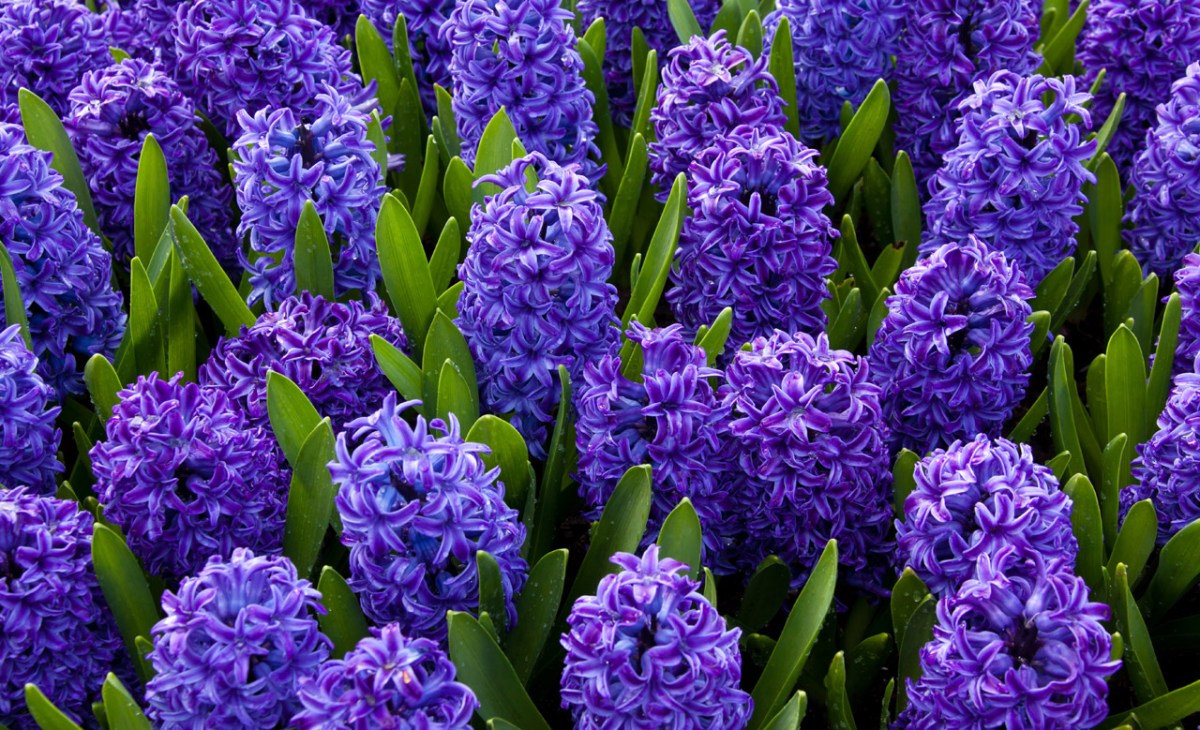Jude, the saint of impossible causes, is often associated especially with the Spirit
Lenten Campaign 2025
This content is free of charge, as are all our articles.
Support us with a donation that is tax-deductible and enable us to continue to reach millions of readers.
“But you, beloved, build yourselves up on your most holy faith; pray in the Holy Spirit; keep yourselves in the love of God …” Jude 1:20-21
Most of us are familiar with the Holy Spirit being symbolized by a dove and the color white, or as at Pentecost, red for the flames. The dove as a representation of the Holy Spirit is a harbinger of hope, and signifies both the joyous release of the soul at death, and peace.
One of the apostles, St. Jude Thaddeus, is often depicted with the flame of the Holy Spirit over his head. This came about as a way to distinguish him in religious art from the other Judas.
St. Jude, the saint turned to so often when circumstances seem hopeless, died as a martyr, and his feast day is October 28.
St. Jude preached about remaining in relationship with other followers of Jesus, telling the early Christians that in so doing they would help to build up the Spirit in one another and in their community, and would not be lost to the world.
I remember reading that white teaches us about relationships because, in our perception of colors, white tints how we see. White in itself is not a color, but the completely revealed manifestation of all the colors together. Its nature as a unity is a lovely explanation of the completeness of the Holy Spirit.
Colors and images come to play with the plants symbolic of the Holy Spirit. Here are a few:
Fruits of the Holy Spirit
There are 12 fruits of the Spirit: charity (love), joy, peace, patience, kindness, goodness, generosity, gentleness, faithfulness, modesty, self-control, and chastity (CCC, 1832). Here are a few plants symbolic of those fruits, and there are many more to be considered in the language of flowers.
Aquilegia spp., Columbine (White)
The name comes from the Latin word columba, which means dove, and was chosen for the shape of the flower, which looks like five doves in a cluster.
A stem usually holds seven flowers, symbolically representing the Seven Gifts of the Holy Spirit.

During the Renaissance era, the flowering stem was also associated with the Seven Sorrows of the Virgin Mary.
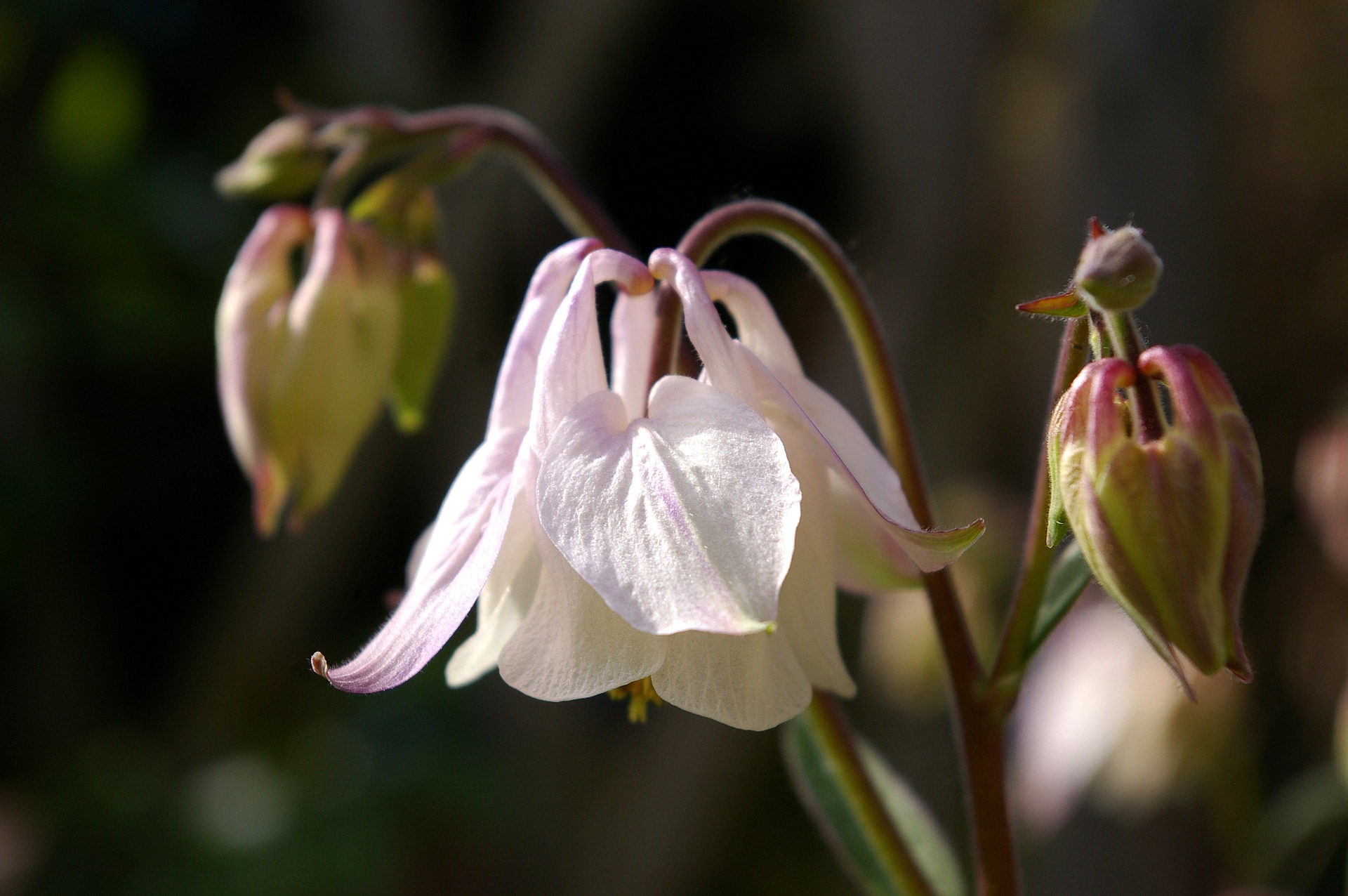
Orchidaceae Pecteilis radiata (formerly, Habenaria radiate)
The white Egret Orchid has recently in Western culture been called the Holy Spirit Flower. You can tell by the picture of this orchid how it got its moniker!
The Japanese name for this species is sagisou, meaning egret herb; not only does the flower look like an egret, the birds often share the same wetlands habitat with this little flower.
It is one of Japan’s more renowned orchids; fussy unless grown in its native habitat, and slow to develop, it blooms during late summer (not at Pentecost as some claim). It is becoming endangered possibly because of over-collection and the destruction of its natural habitat.
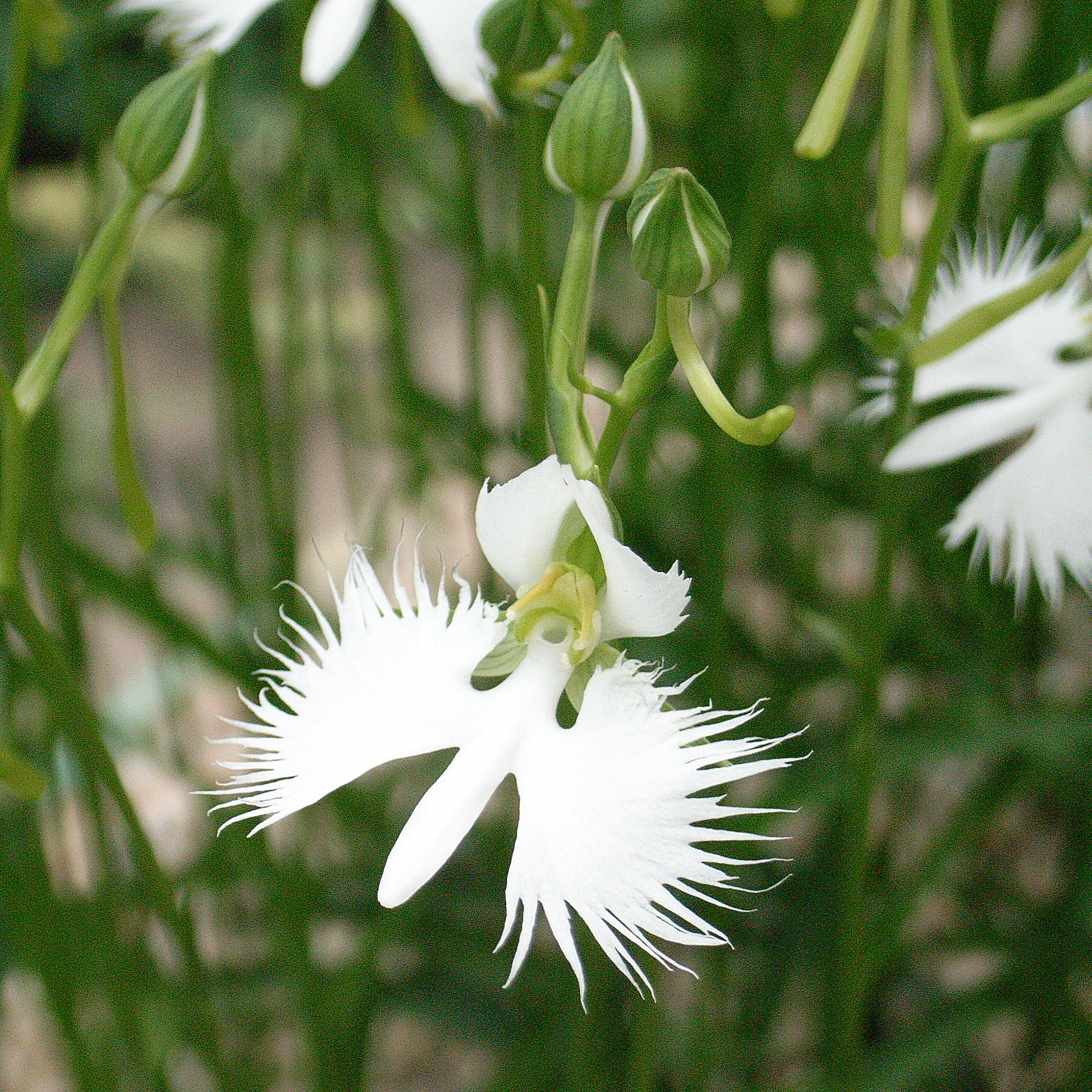
Paeonia officinalis, Peony, Pentecost Rose
In many regions the peony is in full bloom at Pentecost, the end of May or first part of June. The peony has dual symbolism for “Love of God”—for when, in his love for us, he sent his Holy Spirit to guide and console us, and for our own love and gratitude towards God for having given us so great a gift.
In Chinese culture, the peony is symbolic of royalty and virtue, and has been included in art, celebrations, and medicine for more than 4,000 years. The root, bark, seed, and flower were all believed to have medicinal uses in eastern Asia and throughout Europe, and therefore the peony is also a symbol of healing. St. Jude is a patron for healing, and doesn’t the Holy Spirit help heal our hearts?
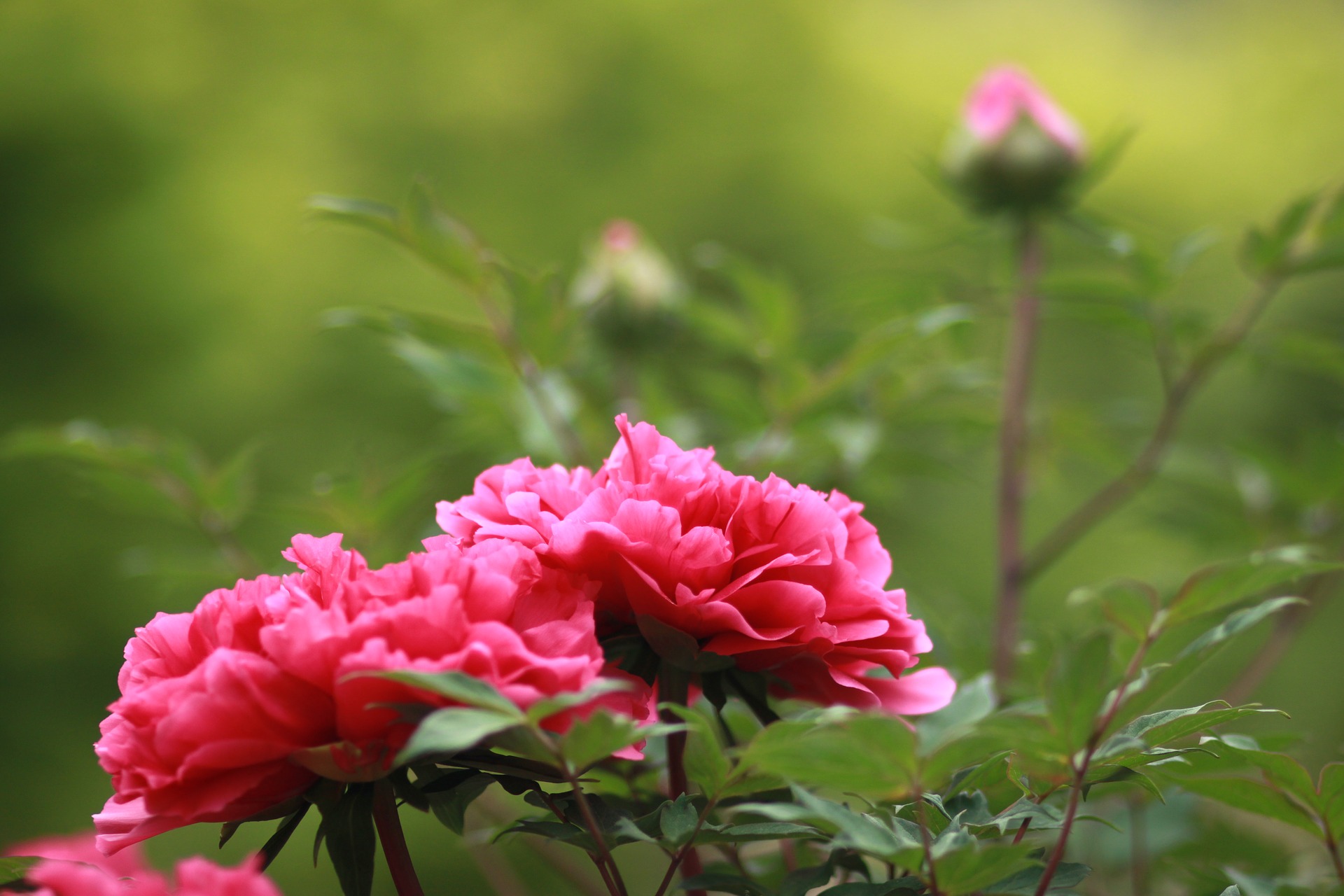
Ornamental Grasses
Wind, symbolizing the breath of God, is also indicative of the Holy Spirit. Ornamental grasses are a lovely addition to any garden for this reason. When a breeze moves the fronds and leaves, we do not see the wind but rather the effects of its movement. Much like God in our lives—we see the results of his attentiveness, invisible as it may be.
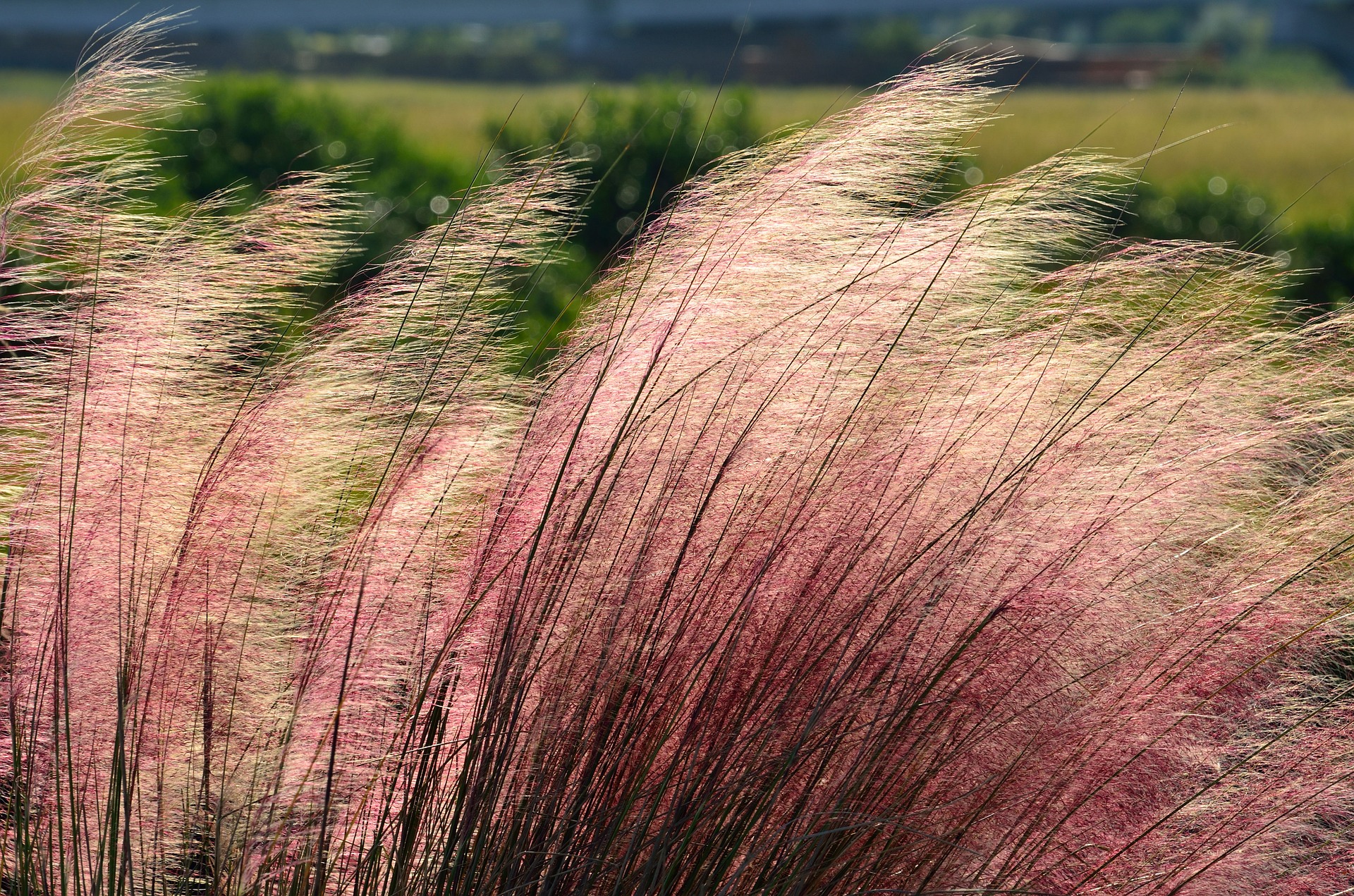
So let us pray in hope to the Holy Spirit, and to St. Jude the saint of hope in desperate circumstances, that we remain ever faithful in the promises of our Lord.


